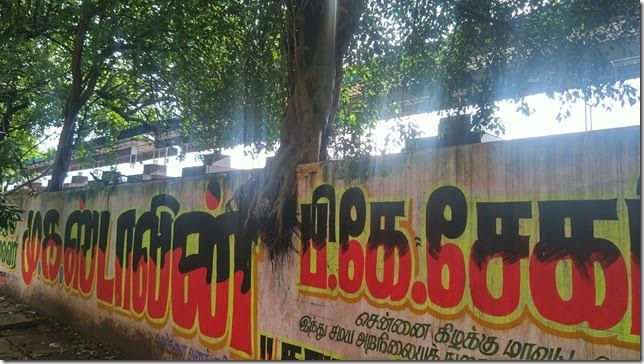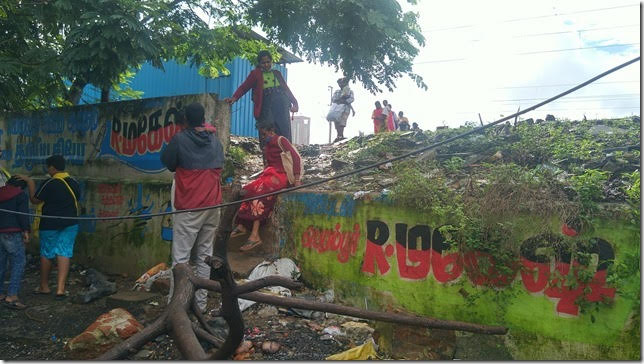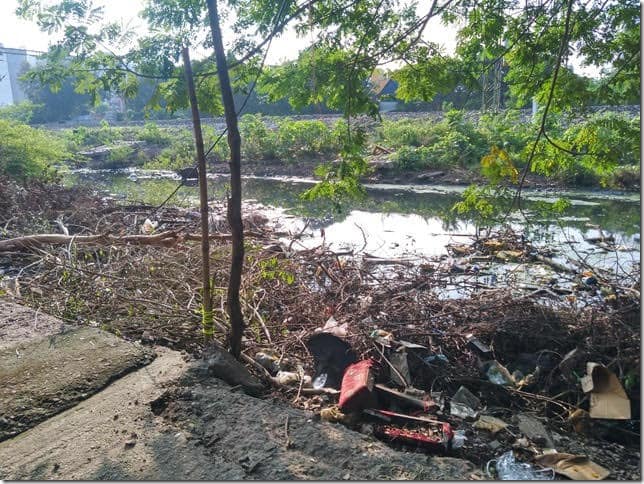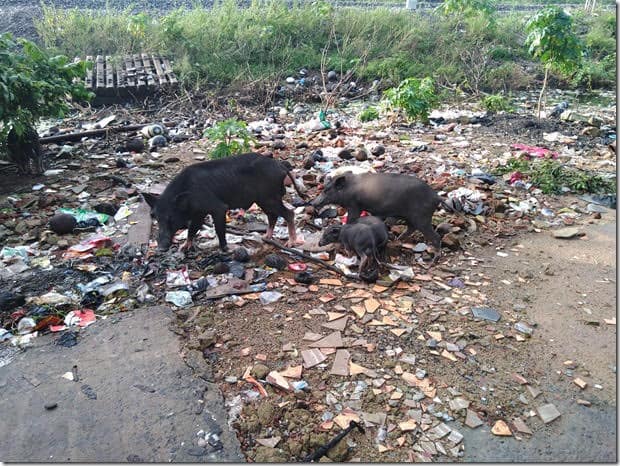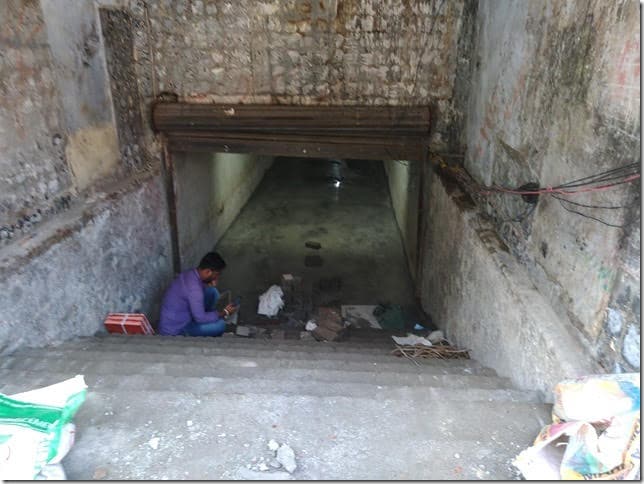Perambur railway station is one of the important stations in the Chennai Suburban Railway network. In terms of commuter traffic, it is the fifth largest station in Chennai, after Chennai Central, Egmore, Tambaram and Mambalam. All of the suburban trains passing through this station, except one or two, halt here, and many of the long-distance trains also have a stoppage at this station.
Perambur Railway Station is also the second oldest in the city after Royapuram railway station. The station was originally built in the 1860s to cater to employees at Southern Railway’s locomotive, carriage, wagon and coach-building workshops.
The station which was a “B” Class Station was recently upgraded to a “Special” Class Station and a number of development activities were undertaken to improve the existing infrastructure of the railway station. These included the construction of a waiting room for upper class passengers, a cloak room, parcel office, toilets, booking office and some changes in the parking.
Over the years, socially conscious residents have highlighted various issues and shortcomings that affect commuters using the station. While some issues have been addressed, others still remain unheeded.
Issues with boundary walls of Perambur station
While the focus was on constructing new buildings, little is being done to maintain the existing infrastructure. On November 28, 2021 a stretch of the compound wall along the railway tracks on Perambur High Road – North Side collapsed. A lot of construction debris had been dumped over the years between the platform and the compound wall and a number of trees have grown in this area. Several trees have also grown over the compound wall and the roots are bound to weaken the wall in other stretches as well.
Seeing the precarious state of the boundary wall, the residents under the banner of Community Welfare Brigade W70Z6, Perambur filed a petition calling for action on the very day that a part of it collapsed. Subsequent to the petition filed, we received a call from the DRM’s office, who arranged to have the debris from the crashed compound wall removed and the work was completed almost immediately.
The next day a team of contract workers were seen pruning some of the trees which had grown along the compound wall. They managed to prune only a few trees closer to the location where the wall had collapsed. An uprooted tree was leaning over the metal shelter on platform number 1 and this was also pruned. The rest of the trees which have their roots over and near the compound wall have been left behind as it is.
We took up the issue with the DRM’s office once again and received a response to the effect that “action will be taken based on the extant rules in force regarding felling and cutting of trees”.
Given that the trees are growing on the wall, we are concerned about the safety of the commuters in the event of the trees collapsing. The entire stretch of the compound wall was originally constructed with bricks several decades ago and has been damaged at several locations. The entire wall is bound to collapse at some point in time if the issues we have pointed out are not attended to in time. We have sent a suggestion to the Railway Administration to consider reconstructing the damaged portion of the compound with a proper concrete wall after providing necessary reinforcements.
Read more: This is what Perambur residents want from their new MLA
Exit ramps, incomplete walls and old underpass
There are two locations between the exit ramp on the eastern end of the Perambur Railway Station and the Perambur Bus Terminus, where the commuters have placed concrete blocks along the compound wall and use it extensively as a shortcut to enter or exit the railway platform. We suggest that an exit be provided closer to the Perambur Bus Terminus so that such instances may be prevented.
The construction of the wall between the Vyasarpadi Jeeva Station and the Arundathi Nagar Railway underpass was taken up in 2019 before the Parliamentary Elections and completed within a few weeks. Later the work on the construction of the wall between Arundhathi Nagar Railway underpass and Perambur Bus Terminus was taken up and the pits for the foundation were dug up. Unfortunately this work had to be stalled due to the onset of the Covid-19 pandemic.
We urge the railway administration to resume the work on the construction of the compound wall and protect the property owned by the railways which is now being used as a dump yard for garbage and construction debris and is a breeding ground for stray animals.
The natural waterway between the compound wall and the railway tracks which drains the flood water into the Buckingham Canal also needs to be desilted and restored to prevent inundation during the monsoon.
The Railway officials had promised to look into the possibility of renovating the Railway underpass near Arundathi Nagar but there has been no change in the situation so far. Given the high density of traffic through this narrow underpass during the peak hours we suggest that the underpass be widened and deepened.
Read more: A citizens’ traffic plan for Perambur High Road
Pedestrian Subway renovation nearing completion
Stories have also been written about the pedestrian subway near the Perambur Bus Terminus and the Railway underpass near Arundathi Nagar which connects Perambur High Road – North with South. These subways were in horrible condition over the last couple of years and several petitions had to be lodged. We also escalated the issue through the media.
In response to our petitions the Railway Administration replied stating that the Pedestrian Subway had been handed over to the Greater Chennai Corporation several years ago and we will have to raise our concerns with the concerned authorities.
On behalf of the residents, the members of Community Welfare Brigade – W70Z6 submitted a charter of demands to the then and now sitting MLA before the assembly elections earlier this year, highlighting all issues of public interest. We are glad the work to renovate the subway has been taken up and is nearing completion.
By engaging actively with the officials we have managed to resolve several issues of public interest time and again. Public participation in civic infrastructure projects is the way ahead, as it promotes democracy in public administration. Given the high footfall seen in Perambur railway station, swift action on the issues outlined will benefit the commuters and prevent mishaps.

